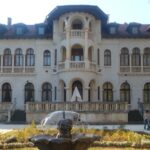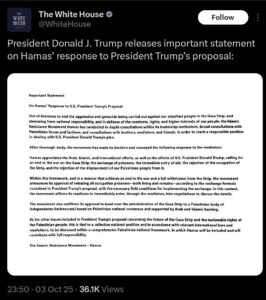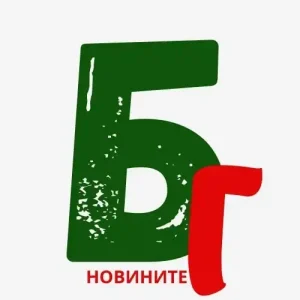
Sofia municipality has withdrawn from the maintenance of Vrana Park in the Bulgarian capital city as of July 10 and the park is closed to visitors until further notice.
The move follows Sofia mayor Vassil Terziev issuing on July 7 a public ultimatum to the state to respond by July 9 to the muncipality’s proposals for the management of the park.
“This is necessary after more than a year of persistent attempts by the municipality and postponement by the owner of the property – the state – to resolve the issue of the management of the park,” a July 7 statement by Sofia municipality said.
Along with withdrawing from the maintenance of the park, Sofia municipality is also suspending the bus line to the park that it initiated in June 2013, soon after the park was opened to visitors.
On July 10, Sofia deputy mayor in charge of environmental matters Nadezhda Bobcheva told reporters that the keys to the part would be sent, along with documentation, to Sofia district governor Stefan Arsov.
Bulgarian National Television showed municipal lorries removing items from the park that the municipality had installed, such as security booths, benches and bins.
Bobcheva said that the Parks and Gardens municipal enterprise had records of all assets and investments in Vrana Park.
“This process can be documented – what exactly the municipality has done during the entire management period,” she said.
Much of the wooded vegetation and infrastructure in the park is in a poor state and there have been incidents in which trees fell into major thoroughfare Tsarigradsko Chaussee, which the park adjoins.
Sofia municipality has been spending about 500 000 to 600 000 leva a year on maintenance and has complained that its revenue falls short of what is needed to maintain the park properly, with earnings from visitors adding up to only about 150 000 leva a year. Special care and much more funding are required, the municipality said.
District governor Stefan Arsov told the media that he had found out about Terziev’s ultimatum from social networks. He told Bulgarian National Television that the state would find a way to manage the park, as well as to continue to receive visitors.
“We learned that Sofia municipality will leave the property through social networks, there is no official communication, no letter. So the state will take up its rights as quickly as possible so that we can clear up this case and the park can be effectively managed and accessible to all Sofia residents,” Arsov said.
The district administration said that a sustainable management model for the cultural, historical and natural asset was being sought.
It said that an interdepartmental working group has been created to prepare such a model. It includes representatives of the Ministry of Culture, the Ministry of Tourism, the Ministry of Agriculture, the Ministry of Finance and other institutions.
The goal is to guarantee “the long-term preservation, accessibility and development of the park”, as the care of the park requires significant expert, financial and administrative resources, which no district administration has, it said.
Bobcheva said: “We have done everything that depends on us. We proposed an option for managing it. We have received absolutely nothing from the regional administration. For a year and a half I have not understood the official position of the state. It seems like the state is at war with Sofia”.
The park covers nearly 100ha and has hundreds of decorative plant species.
Vrana Palace in the park was built between 1904 and 1912 as a royal residence for Tsar Ferdinand I, a keen botanist and ornithologist – he reportedly named the palace after the first bird that landed on its roof (“vrana” is Bulgarian for crow).
Bombed by Allied forces during the Second World War, it was rebuilt after the war and became a state residence used by Bulgaria’s communist leaders after the end of the monarchy in 1946.
The palace was returned to former monarch Simeon Saxe-Coburg and his sister, Maria Luiza, following a decision by the Constitutional Court in 1998.
A 2023 court decision placed the park in the hands of the state.
(Photo: Clive Leviev-Sawyer)














